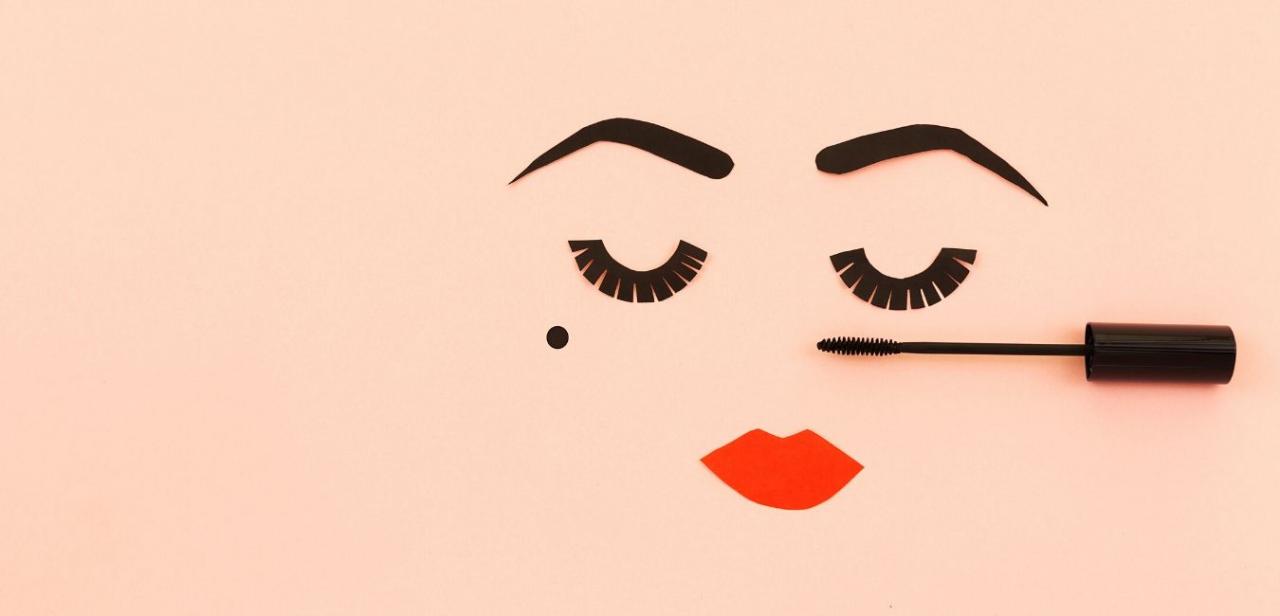 Photo: Getty Images
Photo: Getty Images
June has been declared LGBT Pride Month in 2011, but lesbian, gay, bisexual and transgender issues have been going on for quite some time. Although all people are individuals, the LGBT community sometimes has some of its own mental health issues that are hopefully brought to light through this month and through ongoing education and awareness.
Lauren Costine, an associate faculty member and instructor in the LGBT Specialization program at Antioch University Los Angeles, has been a psychologist for over 10 years, working mostly with lesbians. She said in an email interview that many of the unique mental health issues that the LGBT community deals with are because of the way society is set up.
“We grow up in a homophobic, heteronormative, heterosexist, and patriarchal society,” Costine said.
Basically, Costine said she feels there is a focus on heterosexual relationships in society, a denial of other types of relationships and a fear and hatred toward the LGBT community because they are not heterosexual. This obviously can be difficult to live with if you’re not heterosexual, she said, and some develop an unhealthy way of thinking about themselves because of it. For example, some lesbians might have internalized lesbianphobia.
“Internalized lesbianphobia is defined as self-esteem and self-hatred issues due to an internalization of societal and institutionalized homophobia, heterosexism, and genderphobia combined with the insidious effects of internalized misogyny that is inevitable due to growing up in a patriarchal and sexist society,” Costine said.
It sounds like a mouthful, but these self-esteem and self-hatred issues are a result of living in a society that you feel doesn’t accept you for who you are, and then you might start to question if you’re a good person or if you should change.
According to a fact sheet from the National Alliance on Mental Illness, “most research suggests that GLBT people are likely to be at higher risk for depression, anxiety, and substance use disorders.” The fact sheet also states that some special concerns for this community are that some members who also have a mental illness would have to deal with a double stigma. Others may have a lack of family support, become victims of violence or have internalized homophobia.
“Sometimes, GLBT people turn society’s negative view about them inward, or internalize it,” the fact sheet stated. “This can affect psychological well-being and can have consequences for healthy development, particularly among youth.”
Although being gay, lesbian, bisexual or transgender is not a mental illness in itself, homosexuality was considered a mental illness before this stance changed in the 1970s.
“Homosexuality was once thought to be a mental illness because mental health professionals and society had biased information,” according to the American Psychological Association’s website.
The American Psychiatric Association removed homosexuality from the Diagnostic and Statistical Manual of Mental Disorders in 1973, and the other association supported that stance two years later.
“For more than 25 years, both associations have urged all mental health professionals to help dispel the stigma of mental illness that some people still associate with homosexual orientation,” according to the previously mentioned website.
Despite the difficulties in being a part of the LGBT community, there is some hope with the new pride month in honor of the community.
“I think Pride Month does help LGBT folks’ self-esteem for a number of reasons,” Costine said. “It says this particular president is paying attention and believes in LGBT equality. It also gives hope that he would back up marriage equality should it ever fall on his desk as a Constitutional Amendment.”
Although the United States has come a long way in helping members of the LGBT community live a life as fulfilling as heterosexual counterparts (referring to equality and violence issues), President Barack Obama stated in a 2009 proclamation that there is still a long way to go.
“LGBT youth should feel safe to learn without the fear of harassment, and LGBT families and seniors should be allowed to live their lives with dignity and respect,” Obama said. “I call upon the people of the United States to turn back discrimination and prejudice everywhere it exists.”
Two years later, Obama reinforced in his 2011 proclamation that LGBTQ issues are still a priority. For example, Obama supported the repeal of the “Don’t Ask, Don’t Tell” policy and hosted a bullying prevention conference at the White House in March.
Equality movements in general have helped the self-esteem of many people in the LGBT community as well.
“Initially it was devastating but soon afterwards it mobilized LGBT people all over the world in a way the world has never seen,” Costine said. “Fighting for equality is very empowering to anyone who is being discriminated against. It also helps develop a stronger and more cohesive community.”
Even though there is an enhanced sense of unity in the community and increased self-esteem in some cases, she said that members of the community shouldn’t ignore any internalized issues, like internalized lesbianphobia.
“External gains can only heal so much. A lot of the healing from our trauma of growing up LGBT in a heterosexist and phobic world must come from within,” Costine said. “We must address our crushed sense of selves in a proactive way because no matter how much equality or pride we are able to attain it cannot combat the daily barrage of heteronormative messages LGBT folk encounter every time we walk out our doors or watch TV or look at magazines.”
Members of the LGBT community can go to counseling if they need special help with some of these mental health issues, but not all counselors are familiar with these specific issues.
“It is my belief that more mental health professionals need to, if not specialize, [then] at the very least be familiar with LGBT issues and LGBT-affirmative psychotherapy,” Costine said.
This type of therapy allows members of the LGBT community to accept themselves the way they are.
“LGBT-affirmative psychotherapy provides mental health workers with techniques on how to create safe, empathic, and affirmative environments that do not collude with a client’s innate internalized homophobia and low self-esteem in order to heal the trauma of growing up LGBT,” Costine said.
Her own painful coming-out experience influenced her eventual work with lesbians in therapy.
“I had a lot of issues with my own internalized lesbianphobia and heterosexism and it took me a long time to come out as a lesbian,” Costine said. “It was a painful and unhappy time in my life and I don’t want younger generations to have to suffer like I did.”
For members of the LGBT community who are suffering because of prejudice, discrimination and/or bullying, Costine has some coping tips:
1) “First seek out an LGBT-affirmative psychotherapist. Most clinical psychologists, [marriage and family therapists] and social workers have not been trained on how to work affirmatively with LGBT people, so I suggest that any LGBT person seeking therapy do their homework. They should find out their potential new therapist’s credentials and background in LGBT psychology.”
2) “It is important that any LGBT person in therapy work with someone who understands what heterosexism, heteronormativity, and all of the internalized phobias are and have done to their client’s sense of self, self-esteem, and psychological potentiality so that they can help their client learn how to heal their unique LGBT trauma.”
3) “Seek out a community that can support you for whom you are and help you come out if that is an issue. If one’s family is lesbian or biphobic than find a center in your area that has been created for LGBT folk. Gay and Lesbian Centers usually exist in every major city and many smaller cities too. If one does not live near a LGBT Center than seek out a local University to see if they might know of any LGBT organizations.”
4) “Find out if your school has a buddy system or gay-straight alliance association. The buddy system makes sure that no LGBT person has to ever walk to his or her car or the bus alone. If there is not one in your school, see if you can find some allies and create one.”
5) “If none of these options are available, then seek out phone support. The Trevor Project was developed to help LGBT youth who are encountering mental heath issues as a result of growing up in a hostile environment.”
Sources:
Costine, Lauren. Email interview. June 8, 2011.
www.nami.org
http://www.apa.org/helpcenter/sexual-orientation.aspx
http://www.whitehouse.gov/the_press_office/Presidential-Proclamation-LGBT-Pride-Month/
http://www.whitehouse.gov/the-press-office/2011/05/31/presidential-proclamation-lesbian-gay-bisexual-and-transgender-pride-mon
Reviewed June 14, 2011
Edited by Alison Stanton





Add a CommentComments
There are no comments yet. Be the first one and get the conversation started!